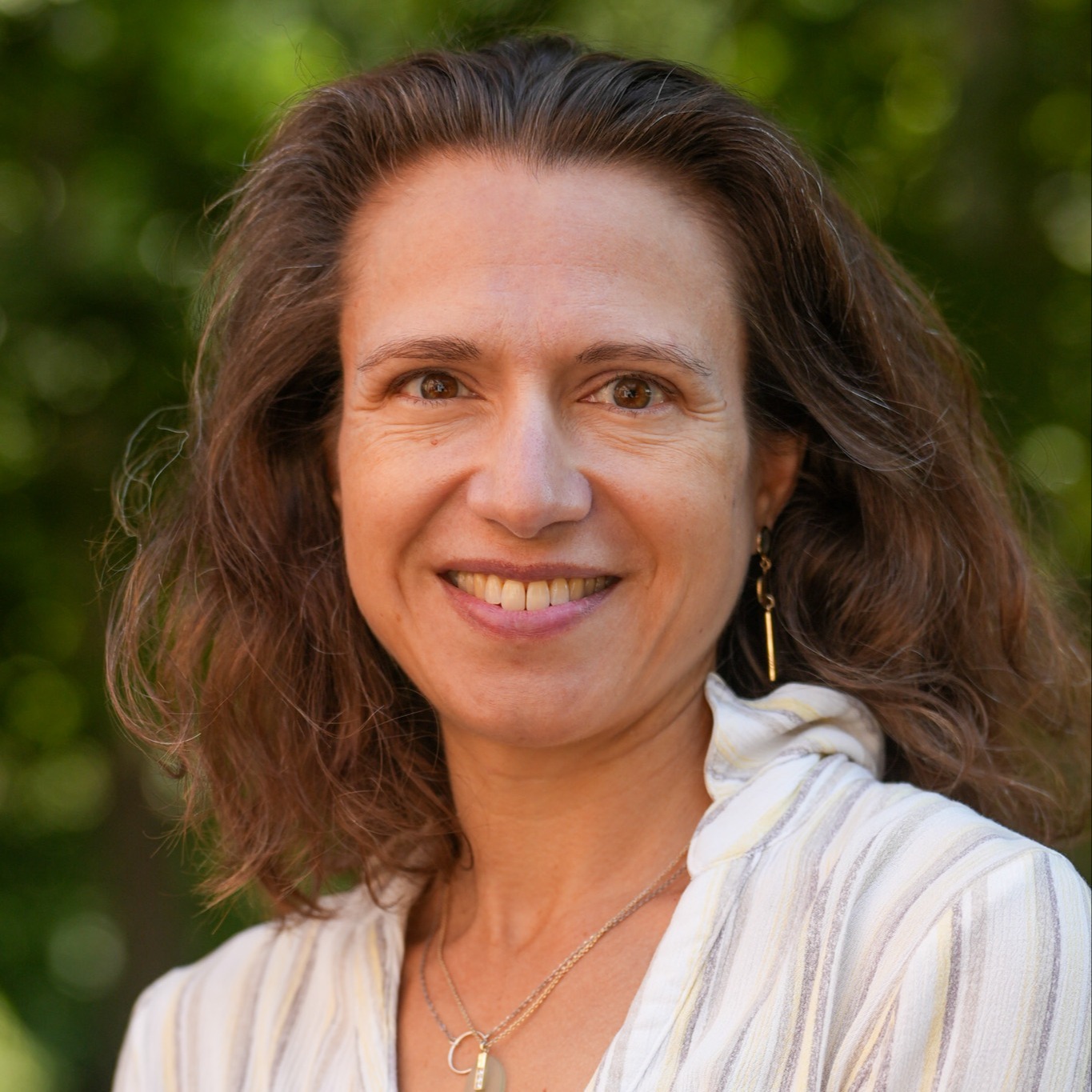The Alumni Office recently got wind of an exciting project brewing not in a galaxy far far away, but just down the road at Olin College, where alumnus Aaron Codrington '21 was hard at work on a real retractable lightsaber. We caught up with Aaron, and learned he's up to a lot more than that, too!

Pictured from left to right: Aaron Codrington '21, Madie Tong and Jacob Uy
CH: So first, hello from CH-CH! We’d love to know what your major is at Olin College, and what's been exciting about the academic journey since leaving campus here?
AC: Olin is very “different”... in that we only have three main majors: electrical and computing, mechanical, and general engineering. My major is Engineering with a Bioengineering concentration.
The thing I value most about my time at Olin has been the wide breadth of opportunities to learn. During the summer of my second year, I became part of Olin’s Health Equity and Access (HEAL) lab. My main job is creating biological optical phantoms for uterine tissue. Using a special type of silicon, chemicals like titanium dioxide, and light-absorbing materials such as ink, I create materials that have the same optical properties of uterine tissue… Our lab is working on a device that utilizes a laser to non-invasively diagnose endometriosis, and the optical phantoms I produce are being used to test the system's feasibility instead of animal testing.
During my third year, I worked with Jacob [Uy] for his company HeroTech. I was building lightsabers and web-shooters. In my final year, I am working with Large Language Models (LLMs) and neural networks in order to create a “learning buddy” that assists teachers with k-2 literacy.
CH: This all sounds extraordinary! The news media latched onto the lightsaber project in particular, and obviously, lightsabers are exciting. Please tell us how you got involved with Jacob's project! Were you always a Star Wars fan, or were you drawn to the more technical elements of the project (or both)?
AC: I first heard of Herotech around the time I was attending CH-CH. I have a distinct memory of his web-shooter videos during the summer before I got accepted to Olin. I never knew Olin’s upperclassman, Jacob, was the creator of HeroTech until my third year. As soon as [a friend] said the name of the YouTube channel, I was fangirling and screaming: “No way! I’ve been watching this guy for years!”
Soon after that, Jacob needed somebody to create a Bill of Materials (BOM) spreadsheet for some of his old web-shooter designs and I happened to be very good at that. I worked my way up to the point where I was implementing design changes for his most recent web-shooters, when he invited me to work on the lightsaber. I was primarily responsible for the motor control code, blade bearing CAD, wiring of the electrical system, and rapid prototyping and design of the hilt system.
I was always a Star Wars fan. My dad used to make me watch A New Hope all the time. But I never really got into it until I saw the prequels and the Clone Wars. What ultimately drew me to the project was the time I spent with my teammates Jacob and Madie.
Project JEDI featured on WBZ-TV
CH: A CBS News feature on the project notes that "the opportunities provided by Olin" allowed you to use your creativity and work through hurdles. Can you elaborate? What was the biggest challenge of this project? And what was your biggest takeaway?
AC: The biggest challenge was figuring out the blade extension and retraction system. We needed the blade to be as long as possible to best mimic a real lightsaber. Because we needed the blade to be long, the light strip that we used for tension and to light up the blade also had to be as long as possible. We also had to fit all of this into a very size-limited hilt. To store the full light strip we were originally leaning towards a “conveyor” type spooling system however we realized that when the blade was spooled up, the light strip wasn’t being tensioned enough to retract the blade all the way back. We then switched from the conveyor/treadmill spool system to a circular spool system in order to increase the overall tension of the light strip. There was also a point where we were certain the circular spool would work properly but in testing, we realized the heat of the light strip would melt the 3D-printed internals. Because of this, we had to switch from PLA 3D print material to ABS material which has a higher melting point.
CH: Wow! That’s a lot to overcome, but I’m sure you welcomed the challenges. Do you feel like CH-CH prepared you for the work you’ve encountered at Olin?
AC: Yes, specifically in Mike Daniels’ engineering class. And math was all Will Bailey. What supported me the most was SAS [Skills & Academic Strategies], and my interaction with other students in a teamwork setting.
CH: Please share anything else you'd like to with fellow alums, especially those tackling a challenge!
AC: Honestly the message is to try and be kind to each other! The world could use a lot more kindness.
















